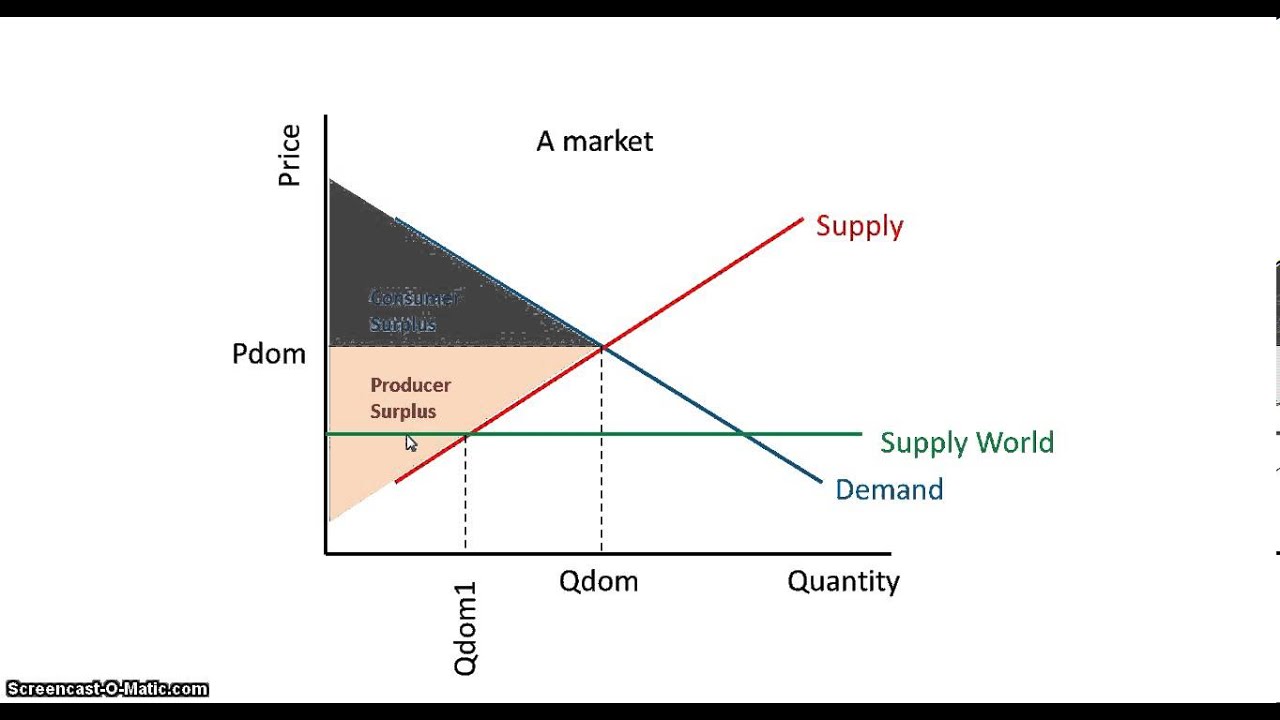Agatha Christie's Poirot: A Timeline Of Cases And Adaptations

Table of Contents
The Early Cases (1920s - 1930s): The Birth of a Legend
The 1920s and 30s saw the emergence of Hercule Poirot as a literary icon. These early novels and short stories established his distinctive character traits – his meticulous nature, his "little grey cells," and his reliance on logic and observation – and laid the groundwork for his enduring appeal. The very first appearance of Poirot, in The Mysterious Affair at Styles (1920), introduced readers to his unique methods of deduction, instantly setting him apart from other fictional detectives. This novel, with its closed-circle mystery and emphasis on psychological profiling, became a blueprint for many future Poirot stories.
Examples:
- The Mysterious Affair at Styles: The debut novel introducing Poirot and Captain Hastings.
- The Murder of Roger Ackroyd: A shocking and controversial narrative showcasing Poirot's brilliance and breaking the conventions of the detective genre.
- Peril at End House: A thrilling tale of suspense involving a seemingly haunted house and a series of mysterious events.
- Death on the Nile: A glamorous yet deadly cruise on the Nile River, brimming with suspects and a complex murder case.
Early adaptations during this period were limited, but their impact on shaping the public's perception of Poirot was significant. These early portrayals often laid the foundation for the more elaborate adaptations that followed.
Key Characteristics of Poirot’s Early Cases:
- Closed-circle mysteries, where the murderer is confined to a specific group of individuals.
- Emphasis on psychology and the analysis of human behavior.
- Intricate plots with unexpected twists and turns.
- Focus on Poirot's deductive reasoning and his reliance on his "little grey cells."
The Golden Age of Poirot (1930s - 1940s): International Intrigue and Complex Plots
The 1930s and 40s represent the zenith of Poirot’s career, both in terms of literary success and the complexity of his cases. His investigations increasingly took on an international scope, introducing exotic settings and diverse casts of characters. The novels published during this time cemented Poirot's reputation as a world-renowned detective.
Examples:
- Murder on the Orient Express: A classic locked-room mystery set aboard a luxury train, featuring a memorable ensemble of suspects.
- Death on the Nile: A glamorous setting contrasts sharply with the brutal murder at the heart of the story.
- Five Little Pigs: A complex case centered around a past murder and the difficult task of uncovering the truth.
- And Then There Were None: Arguably Poirot's most famous work, a gripping tale of ten individuals trapped on a remote island with a deadly secret.
The outbreak of World War II influenced some of Poirot's narratives, injecting themes of espionage and international conflict into his investigations. While this era introduced new challenges for the detective, it only served to heighten his popularity.
Shift in Setting, Thematic Concerns, and Popularity:
- Increased geographical scope of investigations, ranging from luxurious trains to remote islands.
- Exploration of more complex themes, including betrayal, revenge, and the darker aspects of human nature.
- A significant rise in Poirot's fame and recognition, solidifying his status as a legendary detective.
Later Cases and the Farewell (1950s - 1970s): A Legacy of Mystery
The later years of Poirot’s career saw a subtle shift in his approach to mystery-solving. While his brilliance remained undiminished, a sense of weariness and reflection emerged in his later cases, reflecting the aging detective’s changing perspective. His investigations often incorporated more introspective elements, focusing on the psychological depth of the characters involved.
Examples:
- Hallowe'en Party: A chilling story exploring the darker side of human nature, reflecting the changing times.
- Curtain: Poirot's Last Case: A poignant and emotionally resonant farewell, providing a fitting conclusion to the iconic detective's career.
The final stories showcase a more contemplative Poirot, acknowledging his own mortality and the passage of time. Curtain in particular, offers a poignant and bittersweet end to the enduring legend.
Stylistic Changes or Thematic Shifts:
- Increased focus on the psychological aspects of the cases, delving deeper into the motivations of the characters.
- A more introspective and contemplative Poirot, reflecting on his life and career.
- A subtle shift in the tone of the stories, incorporating more melancholic and reflective elements.
Adaptations Across Media: From Stage to Screen
Agatha Christie's Poirot has been adapted countless times for various media, each offering a unique interpretation of the beloved detective. From the stage to the screen, and radio waves, the adaptations reflect both the enduring appeal of the original stories and the evolving tastes of different audiences.
Examples:
- David Suchet's portrayal: Widely considered the definitive portrayal of Poirot in the long-running ITV series.
- Kenneth Branagh's film adaptations: High-budget productions offering visually stunning and faithful interpretations of classic stories.
- Various radio dramas: Capturing the essence of the stories through audio, appealing to a different kind of audience.
These adaptations often highlight specific aspects of Poirot’s character or stories, emphasizing the intricate plots, the unique setting, or the psychological depth of the characters. The impact of each adaptation on Poirot's public image is undeniable, influencing how generations perceive and appreciate this literary icon.
Notable Adaptations:
- ITV's Poirot starring David Suchet (1989-2013).
- Kenneth Branagh's film adaptations of Murder on the Orient Express (2017) and Death on the Nile (2022).
- Numerous radio dramas and stage productions over the decades.
- The fidelity of these adaptations to the source material varies greatly, sometimes necessitating changes to accommodate the different mediums.
Conclusion
From his humble beginnings in The Mysterious Affair at Styles to his final bow in Curtain, Hercule Poirot's journey showcases the evolution of a literary icon and the enduring appeal of well-crafted mysteries. The various themes explored in his cases, from the complexities of human nature to the thrilling intricacies of international intrigue, continue to resonate with readers and audiences today. The numerous adaptations of Agatha Christie's Poirot across different media demonstrate the lasting impact of this brilliant detective on the mystery genre. Dive into the world of Agatha Christie's Poirot by exploring the many novels, short stories, and film adaptations, and discover the enduring legacy of this iconic detective. Explore the many adaptations of Agatha Christie’s Poirot and uncover the mysteries waiting for you!

Featured Posts
-
 Maybanks Role In 545 Million Economic Zone Investment
May 20, 2025
Maybanks Role In 545 Million Economic Zone Investment
May 20, 2025 -
 Find The Answers Nyt Mini Crossword March 16 2025
May 20, 2025
Find The Answers Nyt Mini Crossword March 16 2025
May 20, 2025 -
 La Conmovedora Noticia Que Recibio Michael Schumacher
May 20, 2025
La Conmovedora Noticia Que Recibio Michael Schumacher
May 20, 2025 -
 Big Bear Ais Bbai 17 87 Plunge Revenue Miss And Leadership Instability
May 20, 2025
Big Bear Ais Bbai 17 87 Plunge Revenue Miss And Leadership Instability
May 20, 2025 -
 Fp Video The Impact Of Continuing Tariff Uncertainty On Businesses At Home And Abroad
May 20, 2025
Fp Video The Impact Of Continuing Tariff Uncertainty On Businesses At Home And Abroad
May 20, 2025
